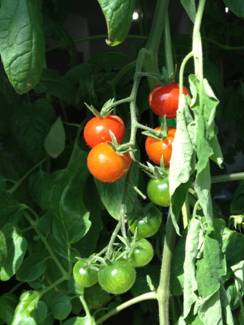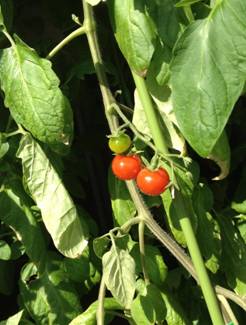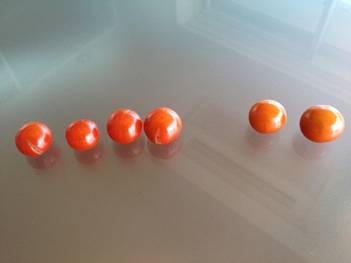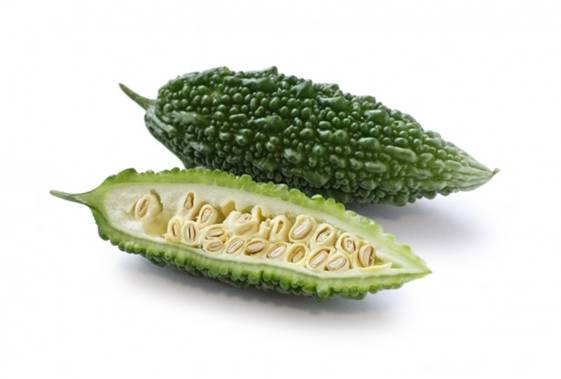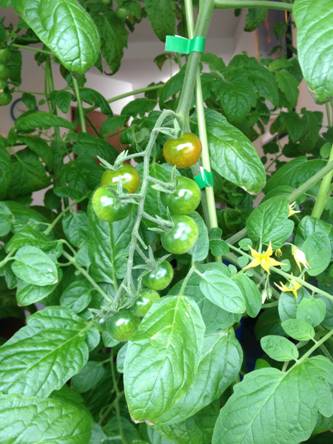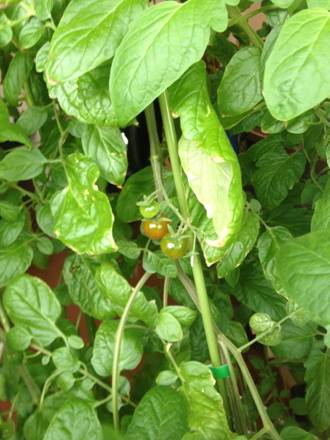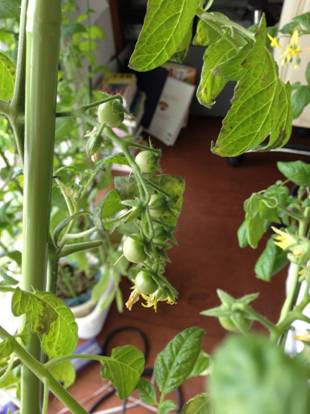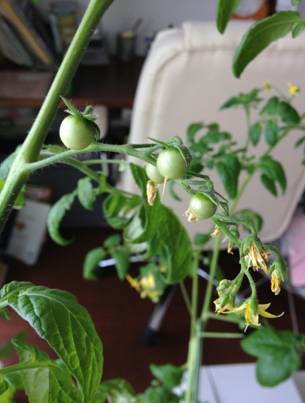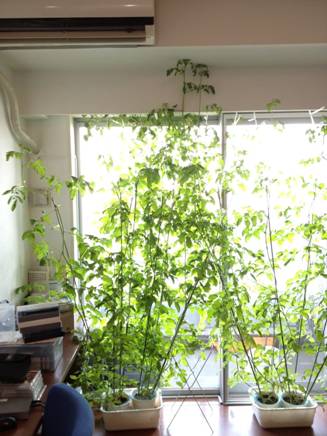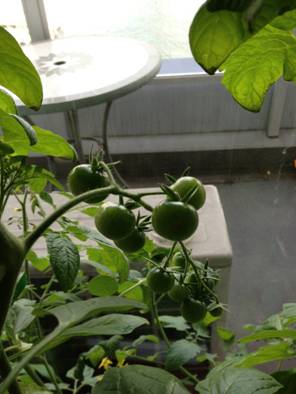To begin with, what is essential oil? I explained it in the last blog entry that essential oil is 100% natural ingredient extracted from flowers, leaves, and stems of plants. More specifically, it is highly-concentrated, volatile scented liquids extracted from natural plants. The scented liquids exist in petals, leaves, stems, roots, seeds, resins, or fruit skins. Extracted through the most appropriate methods for the kind of plants, they become essential oils. There seem to be many people consider that essential oils are the same as vegetable oils, but they are completely different for essential oils contain resins and fatty acids which vegetable oils do not.
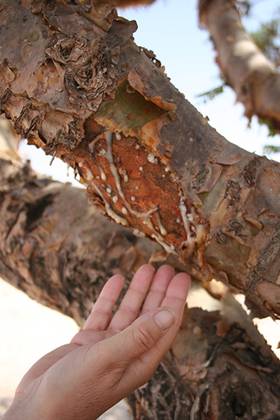
Essential oils have three major practical ways to use. One is to provide fragrance. Fragrance of essential oils acts upon our mind and body. Another is to apply. Applying essential oils on skin will affect directly on inflammation of one’s body. And lastly, essential oils can be used for take-in or drinking purpose. But this is not a common way at all and it is only practiced in medical aromatherapy. Professional knowledge and guidance is required when taking-in essential oils. Some essential oils are drinking-prohibited.
There are the three major ways to use essential oils. Which way to use essential oils depends on the status of one’s mind and body. When you are not feeling well, fragrance of essential oils works the best. When you have fatigue or inflammation on your body, applying essential oils will ease. Some medical professionals may recommend to take-in essential oils for strengthening one’s immune system to keep being healthy. Obviously, the most effective way to use essential oils varies depending on the person in need, thus, I cannot mention what is recommended.
Considering the effectiveness of essential oils, there is not much big difference in how essential oils act on us. I would like to explain in details in the next blog entry.

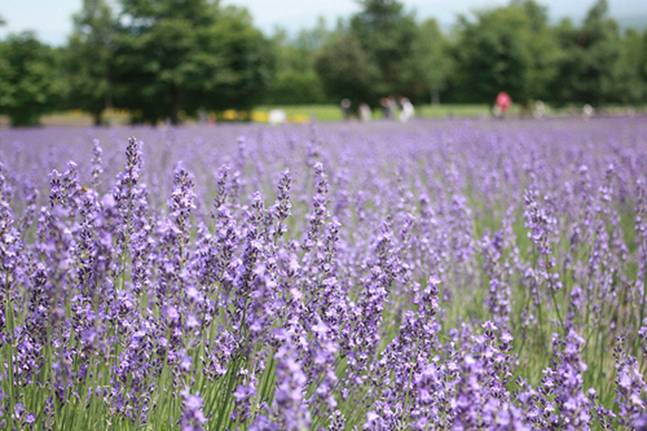
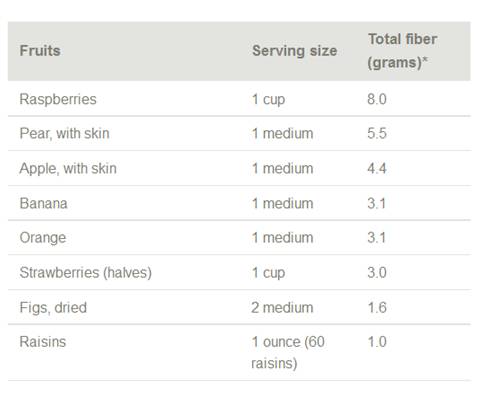
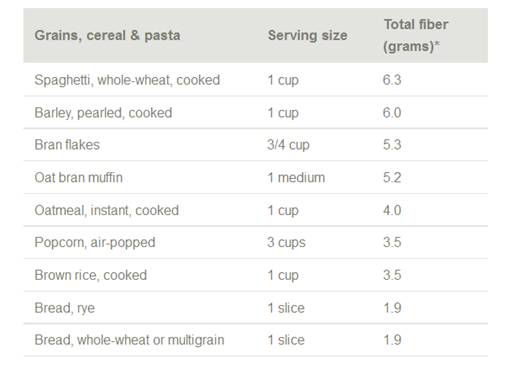
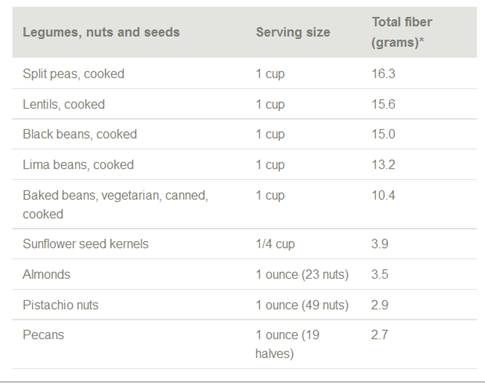
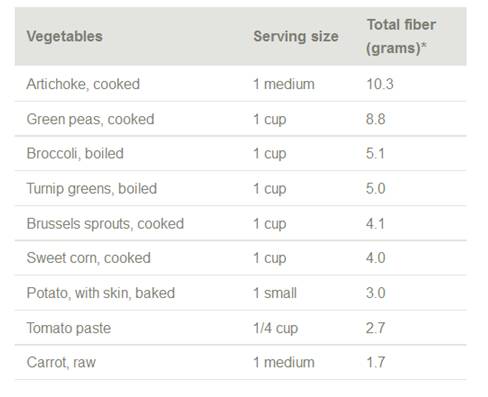
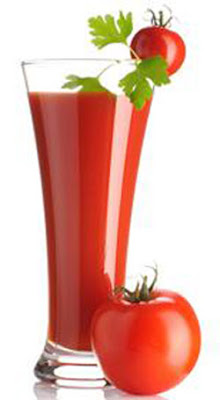 Posted by Aneuk Agam on Fruits Benefits for Health
Posted by Aneuk Agam on Fruits Benefits for Health
